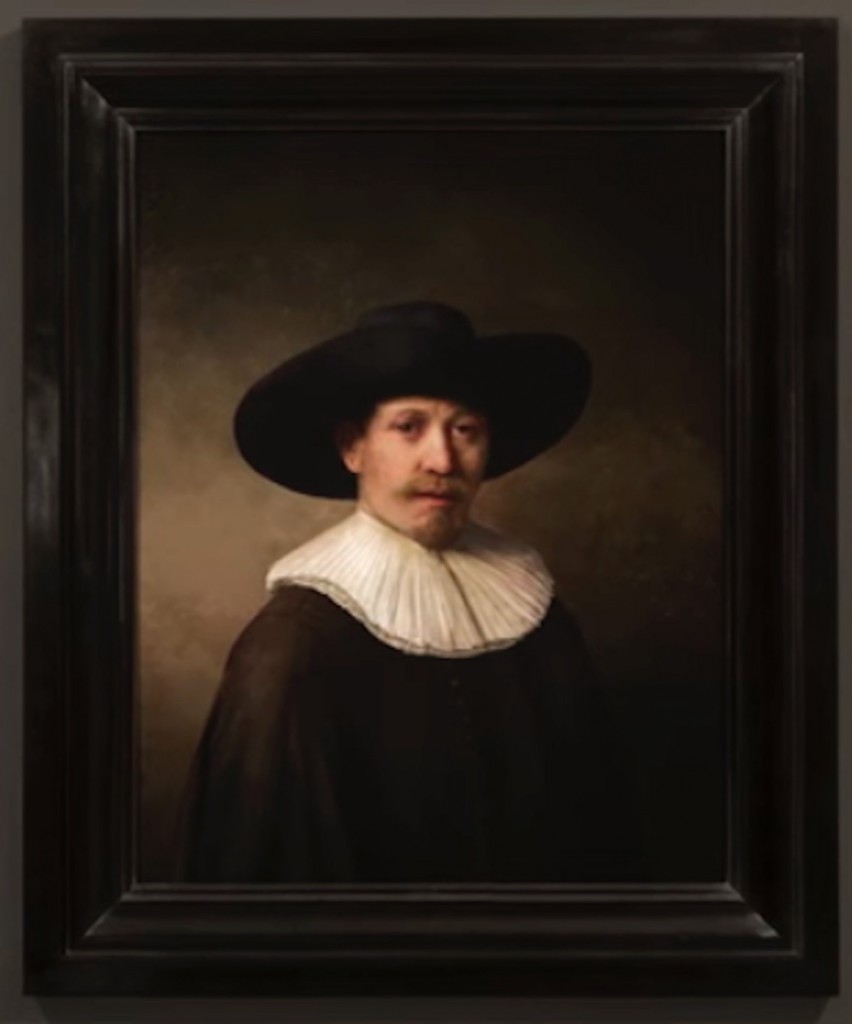Rembrandt van RAM
A short video at thenextrembrandt shows you how researchers created a very convincing forgery, a “new Rembrandt”, using advanced software and data mining to guide a 3-D printer that actually creates a topography of peaks and valleys in the print’s surface to imitate layering of paint. If an artist’s style can effectively be impersonated by artificial intelligence, does that mean a perfect, computer-generated art forgery could essentially convey everything an actual Rembrandt would? In other words, if if passed some kind of critical equivalent of the Turing test by fooling an authenticator and essentially creating a work of art indistinguishable from those of the artist being impersonated–is it virtually the same as an original Rembrandt? If it were possible to generate new works of art this way in the style of your favorite artist, what would happen to the value of the holdings among those who crave art the way the Hunt brothers craved silver? Nothing, probably. The original would still be what it is. I wouldn’t mind having an exact duplicate of my favorite Braque or Matisse or Van Gogh, down to the physical texture of the paint on the surface, for whatever one of these would cost. In this case, it’s still ink, paint-based or not. How long before they can build one of these using actual paint? Artificial intelligence marches on, for better or worse.

Comments are currently closed.